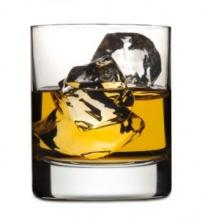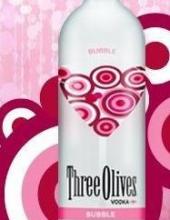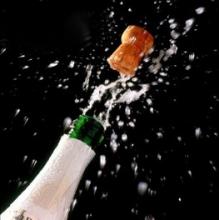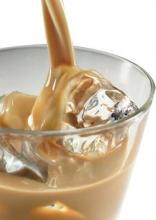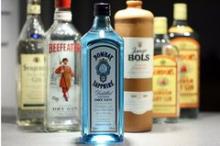The Lush Chronicles: On Whiskey and St. Patrick's Day
Next Wednesday, the international holiday of problem drinkers will once again descend upon the world. I don't really want to get into the uncomfortable racial stereotyping of an Irish celebration necessarily involving large amounts of liquor, but I will say this: Whiskey-making cultures have a right to drink in vast quantities. While I appreciate cold martinis, sensual liqueurs and woefully misunderstood glasses of tequila, my liver and I know that whiskey will forever be king of all potables. Complex but not pretentious, heavy but not filling, tough but refined, whiskey is a drinker's drink. And sure, I'll admit that if I had my choice of whiskeys, I wouldn't go for Irish varieties first. For the record, it's third in line behind scotch and bourbon. I still respect the Irish stuff and I plan on elevating it to the status of a ritual libation come St. Patrick's Day.
So, given that I will be treating an as-yet-unpurchased bottle of Irish whiskey like an old friend next Wednesday, let's talk about how to drink the brown stuff properly. Though I do love being a snob, especially about liquor, I actually don't give a damn how people take their usquebaugh. On the rocks, straight up, with a splash of water, with a soda head, mixed in a sweet cocktail, whatever. That's not what I'm talking about.
What I mean by "how to drink whiskey" is the method one uses to introduce it into the body. Everyone who gets sick on whiskey, just like every time someone gets sick on any kind of liquor, does so because they didn't come to an understanding with their drink. Whiskey has a will imbued to it by the many and varied chemicals gathered by the aging process. As such, whiskey ought to be treated like a house guest. Give it hospitality. Don't rush it or put it to work, let it rest when it gets worn out and don't neglect to feed it.
That's why whiskey shouldn't be taken in shots. Hell, no liquor should be taken in shots, but whereas neutrals will be forgiving and sweet stuff will give clear, queasy indications of when it's time to quit, whiskey will go along with your plans until it decides to kick your ass. If one must drink whiskey, and with the upcoming holiday one really should, nurse it so you can reach a steady buzz.
Here's how I plan to host my Irish guest on St. Patrick's Day. He will arrive in town some time in the early afternoon, at which point he will remain by my side until the wee hours of the next morning. He and I will likely enjoy some light conversation to the tune of a single ounce, straight up, sipped for a reasonable duration prior to lunch. At lunch, he will then enjoy the company of a few ice cubes and a warm meal, possibly a savory sandwich involving beef of some kind. He will then alternate between ice and smaller quantities straight up for the duration of the afternoon until dinner when he may just commingle with some cold water.
From that point on, I will nod to whiskey's discretion. He will tell me when I should back off, when I should drink some water and when I should return to his side. At no point during the day will I divide my attention to beer or any other alcoholic beverage. St. Pat's is Irish whiskey's day. He and I don't visit very often, so I want to make sure I show my appreciation for his role in my life.
I will likely live-blog Irish whiskey's visit next week. Check back for hourly reports of the festivities.
